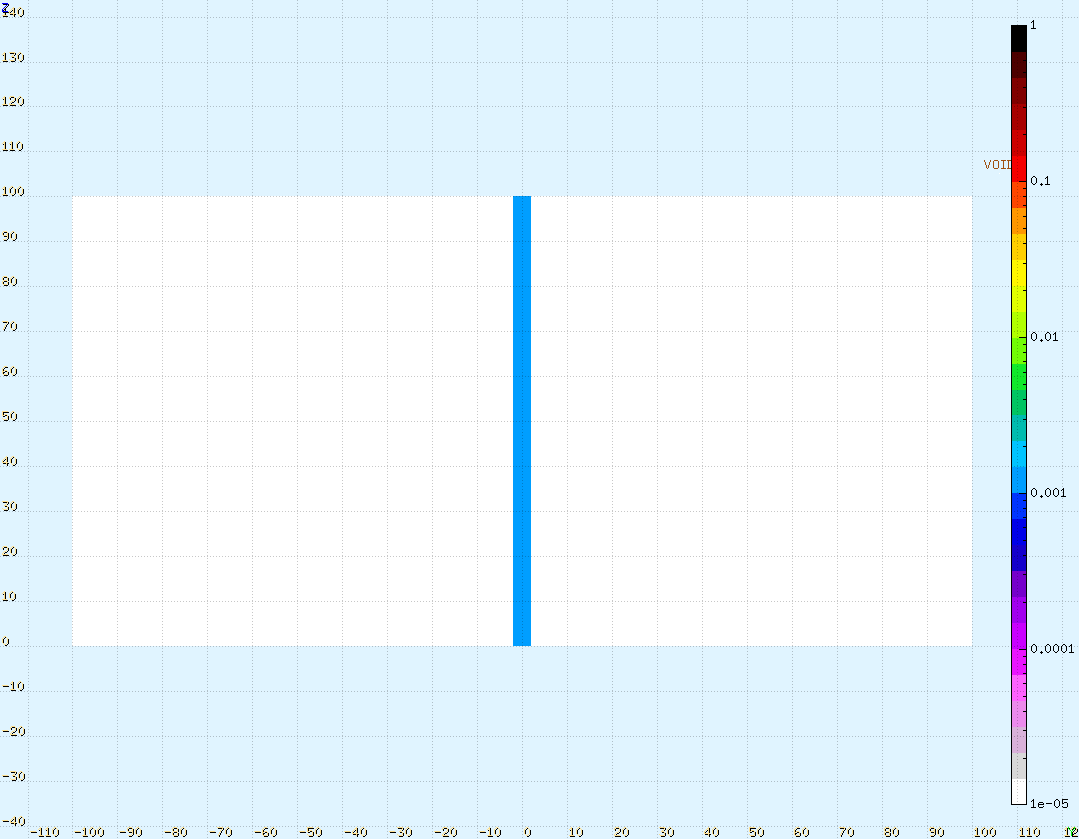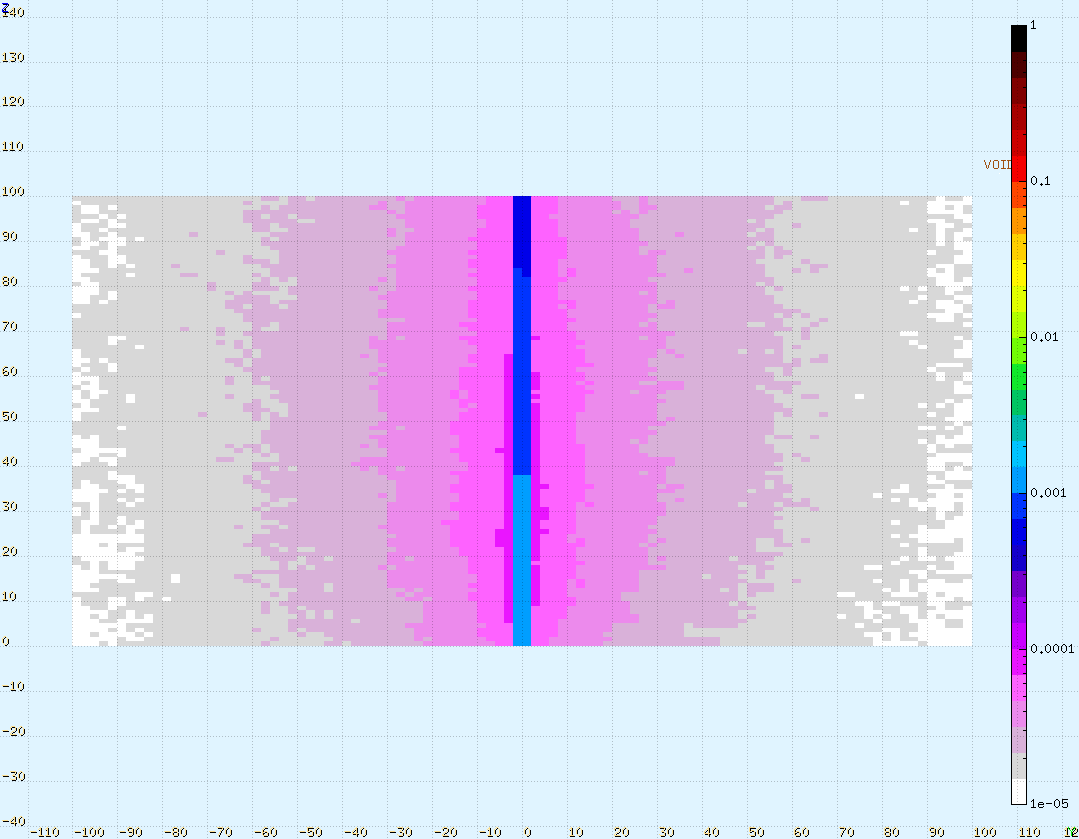Dear @songhg19,
The diffusion coefficient is the inverse of the mean free path in cm for the scattering process causing diffusion. I attached figures of a pencil beam of optical photons without diffusion and with a diffusion of 0.01 cm-1 over a distance of 100 cm. You see that while most photons remain part of the beam, some fraction of the primary beam is scattered away. You can try for yourself in the flair file attached.
You will find a more detailed answer in this post: Diffusion coefficient - #3 by vojtech.stransky
diffusion.flair (2.0 KB)

